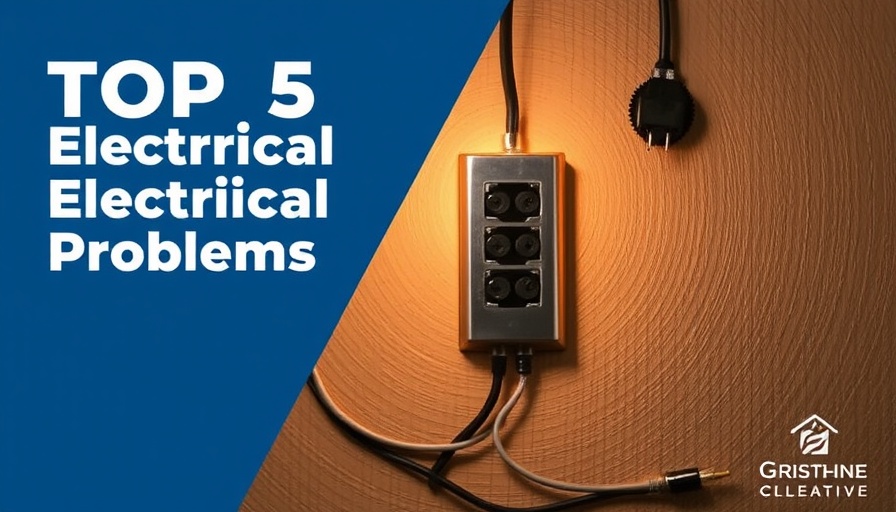
Identifying Risks in Older Home Wiring Systems
Owning an older home can feel like living in a time capsule, yet the charm often comes at a cost—especially concerning electrical safety. Many homes built decades ago still utilize outdated wiring systems like knob-and-tube or aluminum wiring, which can create significant hazards. Knob-and-tube wiring, prevalent in homes constructed before the 1940s, is particularly notorious for lacking essential grounding. This absence increases the risk of electrical fires, a danger that cannot be overstated.
In contrast, aluminum wiring, adopted widely during the 1960s and 70s due to its lower cost, poses similar threats as it tends to overheat, especially at connections. Homeowners should engage licensed electricians for thorough inspections, urging the need for rewiring or retrofitting to more reliable materials, like copper, ensuring their homes’ electrical systems can meet today’s safety needs.
Addressing Insufficient Electrical Capacity
Ever had your lights flicker or breakers trip while running multiple appliances? That may be a telltale sign that your older home’s electrical capacity is insufficient for modern demands. Most older homes simply weren’t designed to handle the load required by our current gadgets and energy-efficient appliances. Upgrading to a 200-amp electrical panel allows for a significant boost in power capacity, safeguarding against overheating circuits—essential for anyone adding large appliances or planning to embrace the electric vehicle revolution.
Ensuring Grounded Outlets for Safety
If your home still features two-prong outlets, you might want to consider an upgrade—fast! These ungrounded outlets, common in pre-1960s constructions, lack the vital grounding protection that shields you and your electronics from electrical shocks. Replacing these with modern three-prong grounded outlets is critical. Enlisting the help of a qualified electrician ensures your outlets meet today’s safety standards, an essential step in safeguarding your family and devices.
Evaluating Old or Faulty Electrical Panels
Electrical panels are one area where age truly matters. Brands like Federal Pacific and Zinsco, once common, have fallen out of favor due to their high failure rates, which can lead to dangerous fire hazards. If you notice flickering lights or hear strange noises from your panel, it’s time to give it a serious evaluation. Replacing a faulty panel not only improves efficiency but also drastically increases safety—protecting your home and your peace of mind.
Preventative Electrical Maintenance: An Ounce of Prevention
Neglecting electrical maintenance can yield dire consequences, making regular inspections a crucial part of owning an older home. Establishing a routine for monitoring your wiring, outlets, and panels helps identify issues before they spiral into emergencies that could endanger your home and family. Proactive maintenance reduces those hefty repair costs while providing peace of mind. Setting up inspections with licensed electricians allows for ongoing support, transforming your home from a potential risk into a secure haven.
The Importance of Knowing What You’re Up Against
Understanding these electrical problems not only helps you improve your home's safety but also empowers you as a homeowner. Knowledge translates to better decision-making regarding renovations, upgrades, and future sales. Prospective buyers often conduct inspections; thus, addressing these concerns can increase your home’s market value and appeal. The charm of an older home doesn’t have to come with risks—invest time and resources into modernizing your electrical systems for a brighter, safer future.
In summary, while older homes offer unmatched character, it’s vital to stay informed about potential electrical issues. Regular check-ups and timely upgrades can ward off dangerous situations and enhance your living environment. Stay proactive, keep your family secure, and rewire your narrative about home ownership—let charm and safety coexist.
 Add Row
Add Row  Add
Add 




Write A Comment